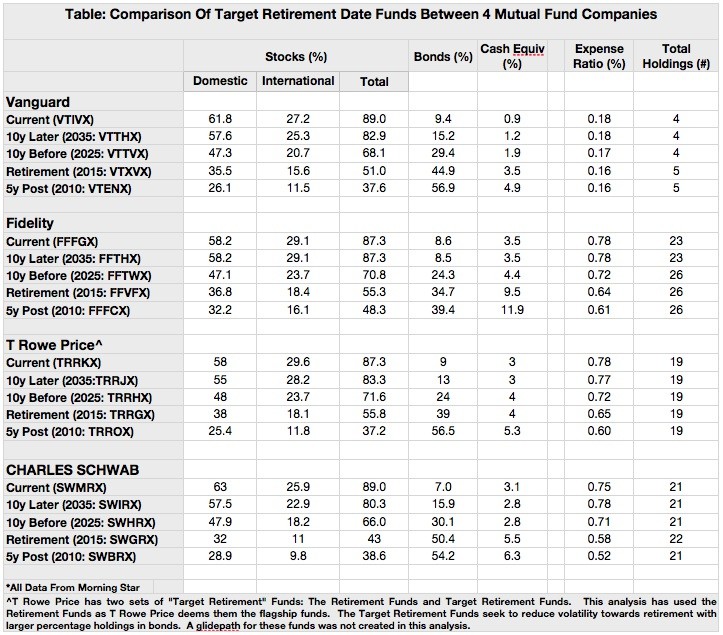Save for the Future Autopilot Investing with the TSP L Fund
Post on: 18 Апрель, 2015 No Comment

Autopilot Investing with the TSP L Fund
TSP lifecycle or L Funds offer a number of benefitsbut it’s important to know what you’re getting into before you invest.
What Are Lifecycle Funds?
Lifecycle funds typically make investment allocations, based on a target retirement date (2020, 2030, etc.). These funds invest in different types of investments, such as domestic stocks, international stocks, bonds and money market investments.
The mix is chosen based on the date when you will need to use your money. If that date is a long time from now, the lifecycle fund will be more heavily weighted toward stocks or stock mutual funds. But as the date approaches when you will need your money, the investment mix will become weighted more heavily toward fixed-income or stable value investments, including bonds or bond funds and Treasury securities.
This gradual shift to more conservative investments is designed to reduce your risk as you approach retirement.
While stocks and mutual funds that invest in stocks have historically provided higher average annual returns over the long-term, their year-to-year (and even daily) fluctuations make them far riskier than long- and short-term bonds or bond mutual funds. According to data maintained by Morningstar, common stocks recorded a 9.6 percent annualized return from 1925-2009, while long-term government bonds returned an average of 5.9 percent and cash equivalents (such as a 30-day Treasury bills) averaged 3.8 percent.
If you won’t retire for many years, or even many decades, and are willing (and can afford) to take risk, you might be able to ride out the market’s short-term fluctuations with the goal of reaping the higher returns that stocks offer. In that case, stocks or stock mutual funds can comprise a larger portion of your retirement portfolio. On the other hand, if you are very close to retirement age or have few assets, then you cannot afford to have your retirement portfolio take a nosedive and may be better suited to hold a portfolio consisting of less risky investments. This is the principle behind lifecycle funds.
And with an L Fund and some other lifecycle funds, you don’t have to worry about making these allocation decisions yourselfthey are made automatically, based on your age and planned date of retirement.
More Than One L Fund
The TSP offers five L Funds based on different time horizons:
- L 2050For participants who will begin to withdraw their money after 2045.
- L 2040For participants who will begin to withdraw their money after 2035.
- L 2030For participants who will withdraw their money beginning 2025 through 2034.
- L 2020For participants who will withdraw money between 2015 and 2024.
- L IncomeWithdrawing from your account currently.

Each of the L Funds invests in the G, F, C, S and I Funds, using professionally determined investment allocations tailored to different time horizons. The TSP website provides interactive pie charts that illustrate how the allocations change over time.
When you invest in L Funds, you select the most appropriate L Fund based on when you expect to begin withdrawing money from your TSP account. But note that the date you expect to need the money from your account may not be the same as your retirement date from the militaryif you plan to continue to work, for example. For many TSP participants, the most appropriate choice may be the L Fund with a time horizon closest to their 65th birthdays.
How It Works
Each quarter, the investment mix in the fund you selected automatically adjusts to a slightly more conservative position, gradually approaching the investment mix of the L Income Fund. Professional managers also periodically review the mix to ensure it remains appropriate. When an L Fund reaches its target horizon date, it will roll into the L Income Fund.
Although you can allocate as little or as much of your TSP account to an L Fund as you want, TSP administrators recommend allocating your entire retirement TSP account to a given L Fund to achieve the optimal investment mix. If you invest in an L Fund and continue to invest in one or more of the other TSP funds, you risk throwing your total investment mix out of whack, which may increase your risk.
Be aware that because the L Funds will invest in the five individual TSP funds in varying percentages, they can have periods of gain and loss, just as the individual funds do. The TSP website reminds investors that Your account is not guaranteed against loss.
Getting Started
Once you have decided to invest in an L Fund, you can take one or both of the following actions:
- To direct new money to an L Fund or any TSP Fund, you need to specify a percentage of your payroll contribution that will go to the L Fund. This is called making a contribution allocation .
- To move money from one TSP Fund to an L Fund or any other TSP Fund, you need to make an interfund transfer. which moves money from one fund to another.
These actions may be completed on the TSP website or through the Thriftline at (877) 968-3778. You also can submit the TSP Investment Allocation Form (TSP-50), which you can obtain from your service or directly from the TSP.
If you like the idea of putting your retirement savings on cruise control, then an L Fund may be the best TSP route for you.














